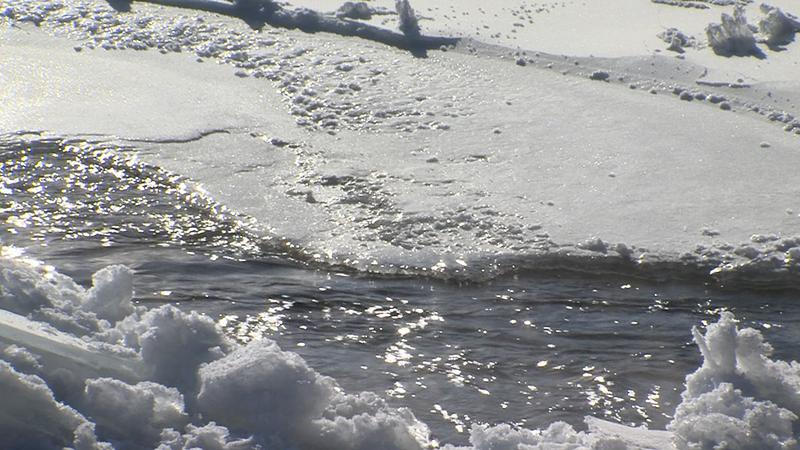
Recent thin ice deaths has local Search and Rescue urging caution
PRINCE GEORGE – British Columbia has seen three people die in February of 2025 due to drowning after falling in thin ice. The B.C. Coroners Service says there have been six thin ice related deaths since 2020, all of which happened in February and March, and with half of those deaths occurring in the first 11 days of 2025’s February alone, the Prince George Search and Rescue (PGSAR) is urging everyone to stay safe.
“If you do fall in, if you’ve got a pair of ice awls, also called ice picks, that can help. And you need to kick your legs up behind you so that you’re horizontal relative to the ice surface, rather than trying to get out from a vertical situation,” explained PGSAR Team Leader Lauren Phillips.
